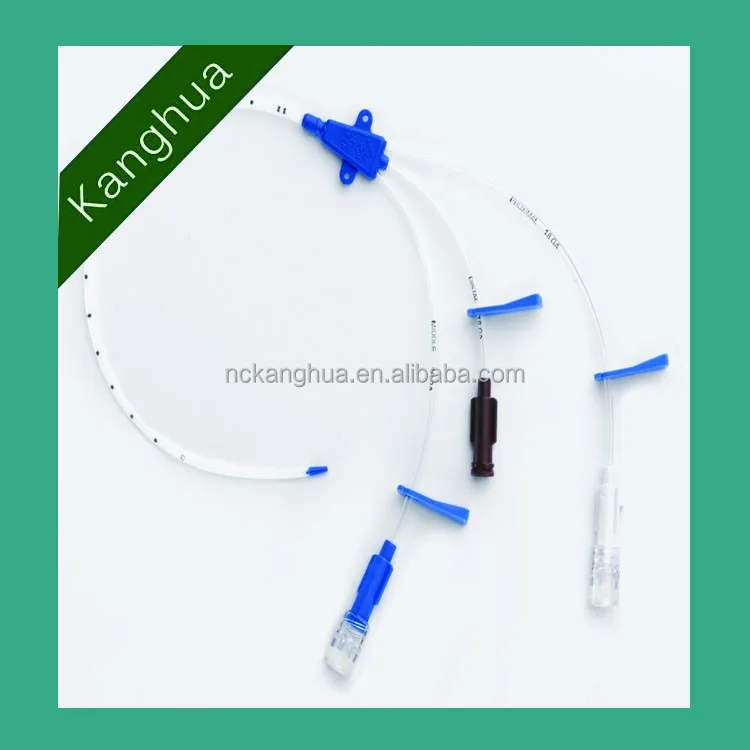

The likelihood of mechanical complications is largely determined by three categories of factors: Subclaian vein insertion (SCV) has been reported to have a higher incidence of pneumothorax than internal jugular vein (IJV) insertion ( 4, 9). The incidence of pneumothorax varies between 1% and 6.6%, with higher incidences being reported in the following situations: emergency situations, large catheters size, catheters used for dialysis, and with the increased number of needle passes ( 8). Pneumothorax is one of the most common CVC insertion complications, reportedly representing up to 30% of all mechanical adverse events of CVC insertion ( 7). Mechanical complications associated with the insertion of central lines include arterial puncture, hematoma, hemothorax, pneumothorax, arterial-venous fistula, venous air embolism, nerve injury, thoracic duct injury (left side only), intraluminal dissection, and puncture of the aorta ( 6). Infectious complications are reported to occur in 5% to 26% of patients, mechanical complications in 5% to 19%, and thrombotic complications in 2% to 26% ( 4, 5). The complications of central vein catheterization include infection, thrombosis, occlusion, and, in particular, mechanical complications which usually occur during insertion and are closely related to the anatomic location of the central veins. Serious complications may significantly add to morbidity and mortality of already compromised patients and also lead to a considerable increase in the cost of treatment. Clinicians now insert millions of CVCs annually, with an overall complication rate of 15%, ranging from 5% to 19% ( 2- 5). As a result of all these factors the incidence and severity of mechanical and other catheter-related complications have increased. Moreover, medical treatment for various clinical conditions has become more intense and prolonged, with concomitant increases in morbidity and the need for supportive medical care. There has been an increase in the use of CVCs over the last decade due to the increase in disease severity, age, and severe co-morbidity of patients, especially in the intensive care unit (ICU) setting. The clinical use of CVC was first described by Aubaniac in 1952 as a method of resuscitating trauma patients on the battlefield ( 1). CVC insertion is a commonly performed procedure which facilitates resuscitation, nutritional support, and long-term vascular access. Pneumothorax is the one of the most frequent mechanical complications during central venous catheter (CVC) insertion. In the current review we will present the complication of pneumothorax after CVC insertion.

Sterile technique is highly important here, as a line may serve as a port of entry for pathogenic organisms, and the line itself may become infected with organisms such as Staphylococcus aureus and coagulase-negative Staphylococci. There are situations according to the drug administration or length of stay of the catheter that specific systems are indicated such as a Hickman line, a peripherally inserted central catheter (PICC) line or a Port-a-Cath may be considered because of their smaller infection risk. CVC usually remain in place for a longer period of time than other venous access devices. There are several situations that require the insertion of a CVC mainly to administer medications or fluids, obtain blood tests (specifically the “central venous oxygen saturation”), and measure central venous pressure. The central venous catheter (CVC) is a catheter placed into a large vein in the neck, chest (subclavian vein or axillary vein) or groin (femoral vein).

Papanikolaou” General Hospital, Aristotle University of Thessaloniki, Thessaloniki, Greece 3Oncology Department, “Interbalkan” European Medical Center, Thessaloniki, Greece 42nd Pulmonary Clinic of “Sotiria” Hospital, Athens, Greece 5Pulmonary Laboratory of Alexandra Hospital University of Athens, Athens, Greece 6Surgery Department, University General Hospital of Alexandroupolis, Alexandroupolis, Greece 7Thoracic Surgery Department, “Saint Luke” Private Hospital, Thessaloniki, Greece 8Ear, Nose and Throat, “Saint Luke” Private Hospital, Panorama, Thessaloniki, Greece 9Thoracic Surgery Department, Theagenio Cancer Hospital, Thessaloniki, Greece 10Nuclear Medicine Department, University General Hospital of Alexandroupolis, Democritus University of Thrace, Greece 11Clinic for Thoracic Surgery, The Institute for Pulmonary Diseases of Vojvodina, Sremska Kamenica, University of Novi Sad, Serbia 1Anesthesiology Department, “Saint Luke” Private Hospital, Thessaloniki, Greece 2Pulmonary-Oncology, “G.


 0 kommentar(er)
0 kommentar(er)
